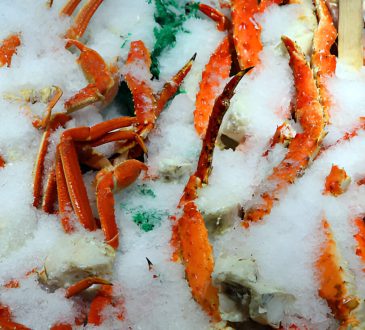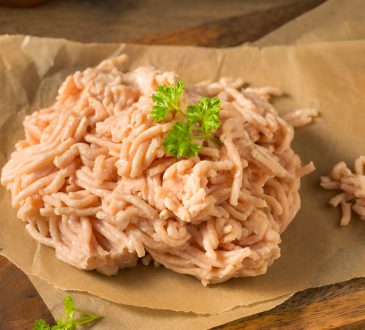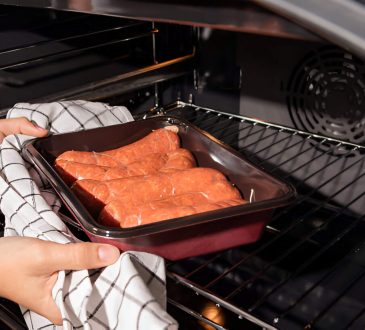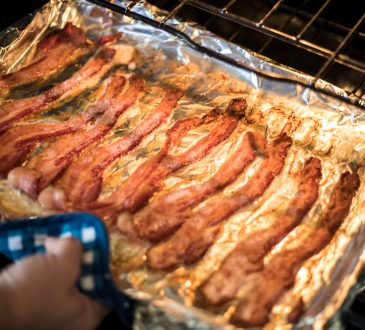What is Boba Made Of? Uncovering the Ingredients and Process Behind This Popular Drink
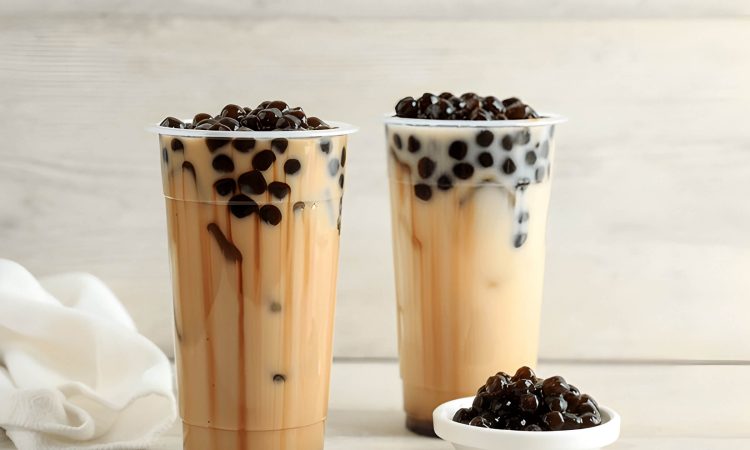
Boba tea has surged in popularity worldwide with its unique flavors and textures. Also known as bubble or milk tea, it features chewy tapioca pearls that add a fun twist to every sip. What are these intriguing pearls made of? In this article, we explore the ingredients and processes behind boba tea, the various types of pearls available, and their nutritional value. Whether you’re a seasoned enthusiast or new to this trendy drink, join us to uncover everything you need to know about boba tea.
The Rise of Boba Tea and Its Global Popularity
Boba tea, also known as bubble tea, has seen a remarkable rise in popularity across the globe. Originating from Taiwan in the 1980s, this delightful beverage combines tea with milk or fruit flavors and chewy tapioca pearls, creating a unique textural experience that has captivated taste buds worldwide.
The foundation of boba tea lies in its versatility. Traditional milk tea forms the base for many variations, but creative twists have led to an endless array of flavors and combinations. From classic black milk tea to fruity concoctions and even innovative blends like matcha or taro, there’s a boba drink for every palate.
The global popularity of boba can be attributed to several factors. Social media has played a significant role in spreading its appeal; visually appealing photos of colorful drinks adorned with tapioca pearls have become viral sensations. Additionally, the rise of specialty cafes dedicated to crafting high-quality bubble teas has introduced this Taiwanese staple to new audiences around the world.
Moreover, boba tea’s cultural impact cannot be overlooked. It serves as a bridge between East and West, bringing together diverse communities through a shared love for this refreshing drink. As more people discover and embrace boba tea, its presence continues to grow on international menus.
The rise of boba tea is not just about its delightful taste but also about how it connects people globally through a shared culinary experience. With its ever-expanding flavor profiles and increasing accessibility, bubble tea is set to remain a beloved beverage for years to come.
What Exactly is Boba Made Of?
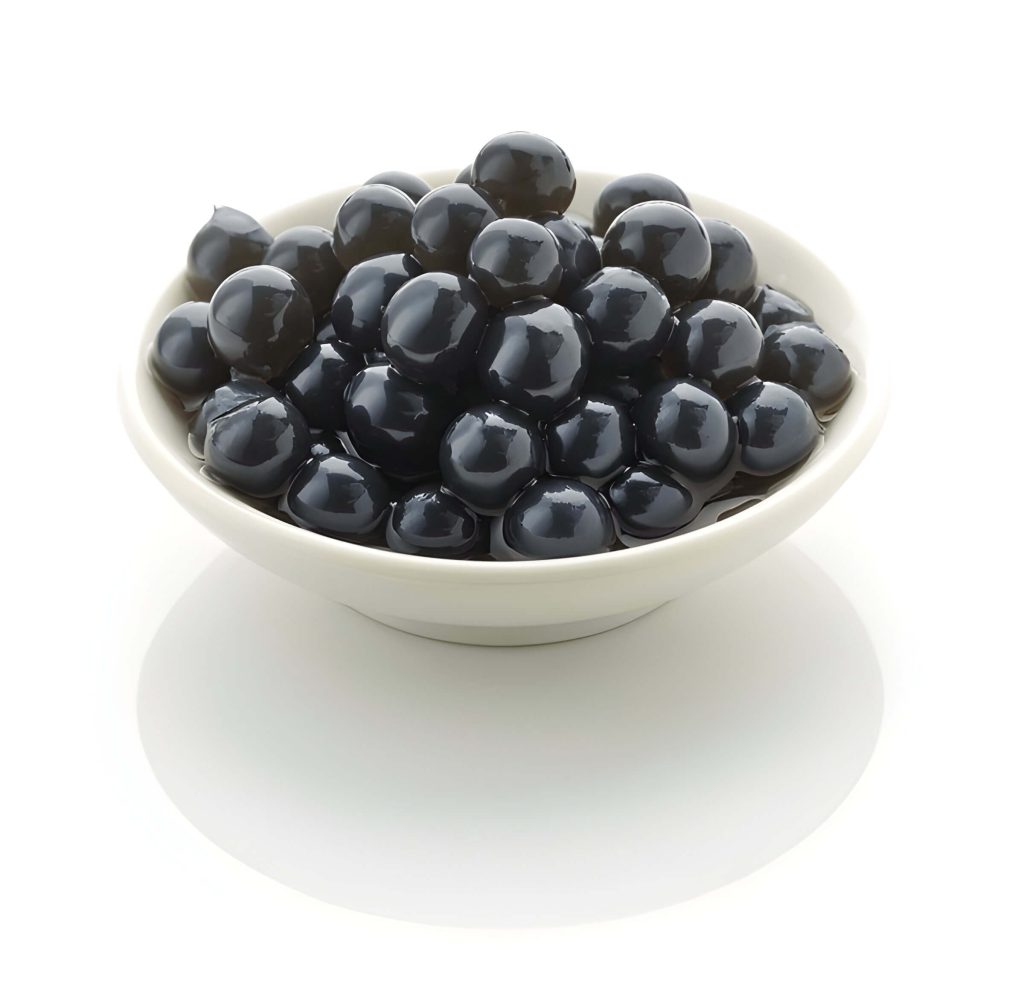
Boba, also known as bubble tea, has gained immense popularity around the world, but what exactly are those chewy pearls made of? The main ingredient in boba is tapioca pearls, which are derived from tapioca starch. Tapioca starch itself comes from the cassava root, a starchy tuber native to South America.
There are two primary types of boba: black and white. Black boba is the most common and recognizable type. Its dark color comes from the addition of brown sugar or caramel coloring during the cooking process. The ingredients for black boba typically include tapioca starch, water, and brown sugar.
White boba ingredients differ slightly; they usually consist of just tapioca starch and water without any additional coloring agents or sweeteners. This gives them a translucent appearance rather than the dark hue associated with black boba.
Understanding these basic components can enhance your appreciation for this delightful beverage. Whether you prefer black or white boba, knowing what’s inside those chewy pearls adds an extra layer of enjoyment to every sip.
The Process of Making Boba Pearls
Boba pearls, also known as tapioca pearls, are the delightful chewy spheres that add a fun texture to your favorite bubble tea. If you’ve ever wondered how to make boba pearls at home, you’re in luck. This step-by-step guide will walk you through the process of creating your own DIY tapioca pearls with a simple homemade boba recipe.
Ingredients:
– 1 cup tapioca starch
– ½ cup boiling water
– Food coloring (optional)
Step 1. Mixing the Dough
Start by placing the tapioca starch in a mixing bowl. Gradually add the boiling water while stirring continuously. If you wish to add food coloring for vibrant boba pearls, mix it with the boiling water before pouring it into the starch. Continue stirring until a dough begins to form.
Step 2. Kneading the Dough
Once the mixture is cool enough to handle, transfer it onto a clean surface and knead it until smooth and pliable. This may take about 5-10 minutes.
Step 3. Forming the Pearls
Divide the dough into small portions and roll each portion into long ropes about half an inch thick. Cut these ropes into small pieces and roll each piece between your palms to form tiny balls or “pearls.”
Step 4. Cooking the Boba Pearls
Bring a pot of water to boil and gently drop in your homemade boba pearls. Stir them occasionally to prevent sticking. Cook for about 15-20 minutes or until they become translucent and float to the surface.
Step 5. Sweetening (Optional)
For added flavor, you can soak your cooked boba pearls in sugar syrup or honey for an additional layer of sweetness.
Different Types of Boba Pearls and Their Unique Characteristics
Boba pearls, also known as tapioca pearls, are the chewy spheres that make bubble tea a delightful experience. There are various types of boba pearls, each offering unique characteristics and flavors to enhance your drink.
Brown Sugar Boba: These pearls are soaked in a rich brown sugar syrup, giving them a deep caramel flavor and a darker hue. The brown sugar boba adds an extra layer of sweetness and complexity to any beverage.
Bursting Boba: Also known as popping pearls, these translucent spheres contain fruit juice inside that bursts in your mouth when bitten into. Bursting boba comes in an array of flavors such as mango, strawberry, and lychee. They offer a fun contrast to the traditional chewy texture of tapioca pearls.
Flavored Boba Pearls: These are similar to traditional tapioca pearls but infused with different flavors during their preparation. Common flavored boba includes matcha, coffee, and fruit-flavored varieties. This type of pearl enhances the overall taste profile of your drink without altering its texture significantly.
Popping Pearls vs. Traditional Pearls: While traditional tapioca pearls provide a chewy consistency that many bubble tea enthusiasts love, popping pearls offer a completely different sensory experience with their liquid-filled centers. Choosing between popping pearls and traditional ones depends on whether you prefer the classic chewiness or enjoy the surprise burst of flavor.
Each type of boba pearl brings its own unique twist to bubble tea, allowing for endless customization based on personal preference. Whether you’re drawn to the rich taste of brown sugar boba or the exciting burst from flavored popping pearls, there’s something for everyone in the world of bubble tea.
Nutritional Information
Bubble tea, also known as boba tea, has gained immense popularity worldwide for its unique taste and chewy tapioca pearls. However, many people wonder about the health implications of this trendy beverage. When considering bubble tea calories, it’s important to note that a standard serving can range from 200 to 450 calories depending on the ingredients used. The primary contributors to these calories are the sugary syrups and milk or cream added to the tea.
The nutritional value of tapioca pearls is another factor to consider. Tapioca pearls are made from cassava root and primarily consist of carbohydrates with minimal amounts of protein, fiber, vitamins, or minerals. A typical serving of tapioca pearls adds around 100-150 calories to your drink without offering significant nutritional benefits.
Despite these concerns, there are some potential health benefits of boba tea when consumed in moderation. For instance, green or black tea bases provide antioxidants which can aid in reducing inflammation and improving heart health. Additionally, opting for less sugary versions or using alternative sweeteners can make bubble tea a more health-conscious choice.
While bubble tea can be enjoyed as an occasional treat, being mindful of its calorie content and nutritional components is essential for maintaining a balanced diet.
Creative Uses for Boba in Foods and Desserts
Bubble tea desserts have taken the culinary world by storm, but there’s so much more you can do with those delightful tapioca pearls. Cooking with boba pearls opens up a world of innovative uses that go far beyond your standard cup of tea.
One exciting way to incorporate boba is by adding them to puddings and custards. The chewy texture of the pearls complements the smoothness of these desserts, creating a unique mouthfeel that is both fun and satisfying. Imagine a vanilla custard topped with caramelized boba pearls—it’s an unexpected twist that will leave your taste buds dancing.
Another creative use for tapioca pearls is in baking. You can fold cooked boba into cake batters or muffin mixes to add an intriguing chewiness to your baked goods. For instance, adding black boba pearls to chocolate cupcakes not only enhances their visual appeal but also introduces a surprising textural contrast.
Boba can also be used in savory dishes. Think about incorporating them into salads for a burst of texture or even using them as a garnish for sushi rolls. Their neutral flavor makes them versatile enough to blend seamlessly into various culinary creations.
For those looking to experiment further, try infusing boba pearls with different flavors before incorporating them into recipes. Soaking them in fruit juices or syrups can impart additional layers of taste, making your dishes even more complex and delightful.
In conclusion, while bubble tea desserts are delicious on their own, cooking with boba pearls allows you to explore innovative uses that elevate both sweet and savory dishes. So next time you’re looking to spice up your culinary repertoire, don’t hesitate to think beyond the basics and get creative with tapioca pearls!

